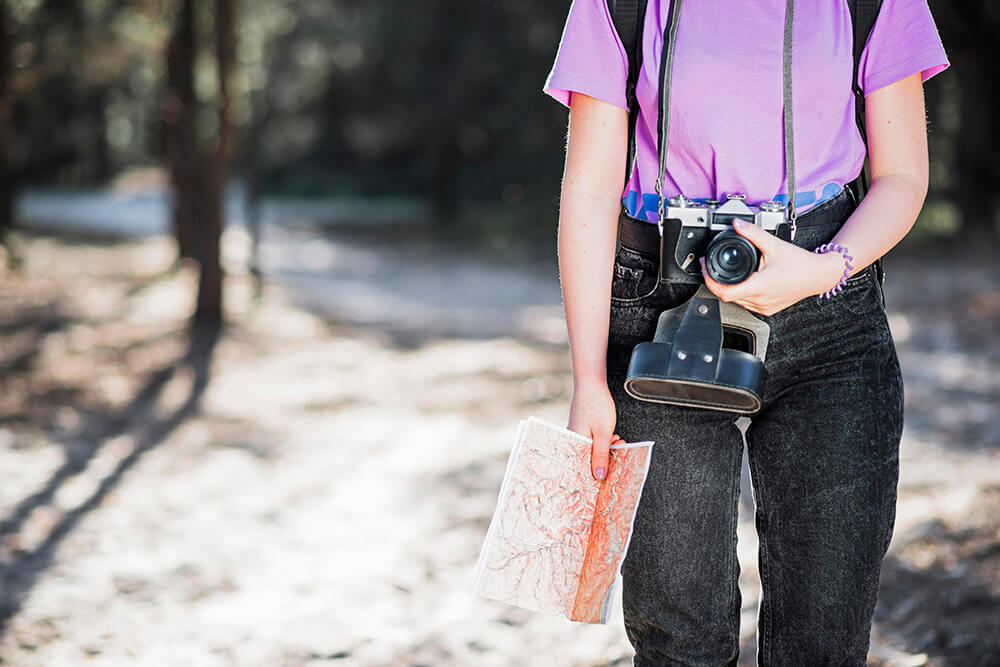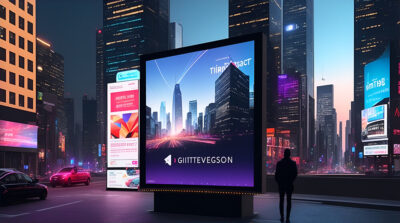In every film you watch, what you see on screen isn’t shaped just by the acting or dialogue, but also by where the story takes place. It might be a dramatic car chase through narrow alleyways, a reflective moment in the warm glow of the setting sun, or a sweeping panorama across a rugged landscape that sets the tone for a journey. These elements are all anchored in the physical space where the camera rolls. And behind every one of those spaces is someone who found it, documented it, and made sure it was ready for filming. That person is the location scout.
A location scout is responsible for finding, evaluating, and securing the locations used in film and television productions. This role begins long before the cameras start rolling and involves both creative and logistical decision-making. While it may sound like an exciting opportunity to travel and discover interesting places, the job requires careful planning, coordination, and a deep understanding of how space affects storytelling.
The Location Scouting Process
Location scouting starts with the script. The location scout reads the screenplay line by line and begins to imagine how each scene could come to life visually. They look at the tone, the time of day, the emotional beats, and the physical requirements of each scene. For example, does the scene take place in a café, a busy street, or an isolated cabin? Does it require specific architectural features or ambient lighting?
In many productions, storyboarding comes before serious scouting begins. These early visual plans can be highly detailed and guide the direction of the location search. In some cases, storyboards are developed with sets in mind, while in others they remain flexible and evolve in parallel with the scouting process. Regardless of the sequence, the goal remains the same. The location must support the narrative and the visual storytelling.
Location scouts often work closely with the director, cinematographer, and the art department. Discussions during the early stages help shape the creative vision and identify practical concerns before production begins.
In any case, the chosen location and setting will have a massive impact on the storytelling. In terms of approaching locations scouting, the general process is quite universal. It might look something like this:
Breaking down the script
Creating visual references
Matching scenes to real locations
Scout and document
Planning and permissions
The On-Site Assessment
After scouting and researching potential places, location scouts then travel to visit each location in person.
Every location comes with its own considerations. The lighting may change depending on the time of day. The soundscape may introduce unwanted background noise, which could ruin a scene. Then again, ambient sound could also be used creatively to add to the production value. Local access and permit requirements must be confirmed. Location scouts are responsible for identifying and addressing all of these factors. Their work ensures that each space not only looks right but functions effectively for production.
Location scouts typically take very detailed photos using a professional camera. Nowadays, an iPhone can be a helpful tool for planning and visualising the space. However, in filmmaking, details are important, and a pro camera will always capture more of the location’s details. The photos often become part of the storyboarding process and help the art department understand how to work with the space, so they need to be as detailed and accurate as possible.
The scout’s presence on site is often the first step in turning a script into something tangible.
Academy Award-winning cinematographer Roger Deakins put it simply: “There’s nothing like standing in a room as you talk about the blocking that could happen within the scene, and how the scene is going to work conceptually in the space you’re looking at.” Being physically present lets the team make real-time decisions about movement, lighting, and composition, and helps everyone see how the space can serve the story.
After extensive planning, some locations may still present challenges. Navigating those issues is often an exercise in the cinematographer’s creative problem-solving. Cost is always a consideration. In some cases, the team must decide whether to film on location or recreate the setting in a studio. A good example is the island sequence in Skyfall.
A scout visited the island and returned with detailed reference photos that were shared with the production designers and the art department. Since taking the whole cast and a second unit to Japan would have been prohibitively expensive, the team built a partial recreation of the island streets on the 007 Stage at Pinewood Studios. Wider establishing shots were achieved through CGI (computer-generated imagery), with Bond’s yacht approach rendered entirely in post-production.
Even if the location is never used directly, the details gathered during the scouting process often shape how a scene is designed, built, and filmed.
Where Do Location Scouts Find Filming Spots?
After reading the script and discussing with the creative team, a scout begins the actual search for potential locations. There are several tools and strategies they use:
- Online location databases
In many countries, there are websites where property owners list spaces available for filming. In the United States, these include Set Scouter and LocationsHub. In the United Kingdom, scouts use sites like UK Locations and Scouty. In Australia, there is Pure Locations, and so on. These platforms allow scouts to browse by region, building type, and visual style. - Google Earth and Street View
Digital mapping tools are incredibly helpful during the early research phase. Scouts can explore an area remotely and use apps like Sun Seeker or Planit Pro to see how natural light will fall on a location at different times of day. - Local film fixers
A local fixer can be a key asset, especially in unfamiliar regions. Fixers help with scouting, permitting, translation, and logistics. For example, if you are filming in Thailand, a local fixer can assist in finding the best locations for your shoot along with permits and logistical planning.
Planning to Film on Location in Thailand?
References:
https://www.youtube.com/watch?v=IX-gQSyXSU4
https://www.youtube.com/watch?v=5wYeky964PY
https://www.youtube.com/watch?v=5wYeky964PY





